Hello everyone. Ive read lots of great information here from many of you and decided to sign up myself with the intent of gaining easier access to your tips and tricks and all that jazz. IÂd like to get to the point where people are interested in hearing me share my own. A little about me: I grew up around gardeners and gardens, I love them, and yearn to someday have the money and land to allow one of my own. But alas, IÂm approaching my mid twenties, neck-deep in school, no longer have a yard, and while settling for only indoor plants, I really love working with them.
Not long ago, I was given an old jade plant that, while healthy, had lived for well over a decade overwatered in relatively low sun and years-old standard potting mix. ItÂs a wonder itÂs alive, and itÂs grown slow because of this treatment. But despite it all, itÂs plenty healthy. The jade seems to be a standard crassula ovata. Its leaves are as dark green as IÂve seen on any jade. Its leaves are as big as IÂve seen on any jade (other than a crassula arborescens). Other ovatas and argenteas IÂve seen (IÂm still unclear on the difference) seem to often be smaller-leaved and lighter green. Why might that be?
After being given this plant, I started studying up on crassulas so I could properly care for it. To make a long story short(er), IÂve gotten really into crassulas. Love their foliage. IÂve also long been interested in trying my hand at bonsai, and IÂve come to learn the smaller varieties are ideal for this. So that first jade has really kickstarted a love affair and so here I am. :) Sorry if this stuff has been discussed ad nauseam here, but I have a few questions I struggled to find in the forums:
1) About 10 days ago, I planted some young jade "hobbits" and some portulacaria afra starts in a soil mix that was a third sand and the rest a store-bought African Violet mix. IÂve come to regret this, but at the time (embarrassingly, 10 days agoÂ) I was only finding conflicting information and unable to find a quality source on proper crassula soil (I wasnÂt as worried about the portulacaria afra). I used the AV soil because its PH level was slightly-acidic, and I had read this was ideal for jades. IÂm wondering if this was a bad move. I regret the sand because I now understand that itÂs too fine and works to cement the soil, something IÂve already observed.
The p. afra is fine, but the hobbits have lost their shine and look slightly leathery. They each lost a leaf or two near the very bottom days ago. The other leaves, while a bit leathery, donÂt seem to be worsening. I really donÂt think they have been overwatered, as IÂm pretty paranoid about that. They have not been in good sunlight at all because of the weather, but all my other un-transplanted jades are looking fine. The sun came out today, by the way.
What should I do? Immediately change the soil (if thatÂs the problem)? Should they be put in the sun or kept out of it? Thanks!
2) As for soil: Is there a strong ongoing debate about this? It seems a lot of people are singing the praises of AlÂs Gritty Mix. IÂm happy to have found a recommended mix, and ready to give this stuff a try. Anyone here have any alternatives I might be able to try as well? I wouldnÂt mind comparing growth and finding out whatÂs ideal in my particular area. Is AlÂs Gritty Mix great for my p. afras too?
3) IÂve come to understand that waiting for your jade to show a little sign of thirst, i.e. slightly softer/drained leaves, will protect against overwatering. While not harming the plant, might this also guard against quickest possible growth? Is that an unreasonable concern?
4) I have some unidentified starts that seem to be a crassula. The leaves look just like my ovata but are thinner and curve around like a propeller. It is definitely not propeller plant, though.
5) I have a wonderful variegated jade that displays a creamy white color and light "minty" green. ItÂs is around 65% white, and has one branch that displays entirely albino leaves. I canÂt find much information about a plant like this, but did find someone on these forums who was able to grow a few albino leaves. Is this plant of mine as rare as IÂm beginning to think?
Thanks for reading through all that! All answers and advice are welcomed and appreciated!
Gray



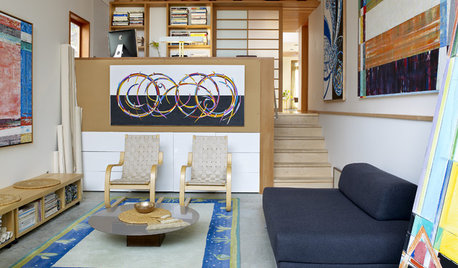
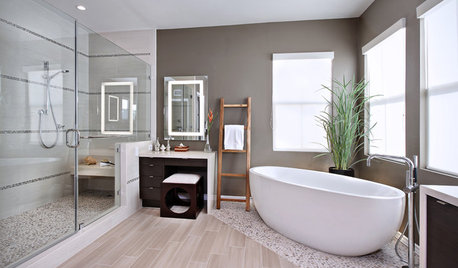







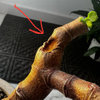

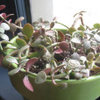
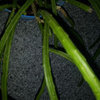
jade_man
greenman28 NorCal 7b/8a
Related Professionals
Beachwood Landscape Architects & Landscape Designers · Duarte Landscape Contractors · View Park-Windsor Hills Landscape Contractors · Oxon Hill Landscape Contractors · Burlington General Contractors · Chicago Ridge General Contractors · Port Saint Lucie General Contractors · Redan General Contractors · Troutdale General Contractors · Tucson Carpenters · Fort Pierce Decks, Patios & Outdoor Enclosures · Hot Springs Village Decks, Patios & Outdoor Enclosures · Liberty Decks, Patios & Outdoor Enclosures · Royal Oak Decks, Patios & Outdoor Enclosures · Vero Beach Decks, Patios & Outdoor Enclosuresgreenthumb_grayOriginal Author
greenman28 NorCal 7b/8a
greenthumb_grayOriginal Author
greenthumb_grayOriginal Author
User
norma_2006
greenman28 NorCal 7b/8a
norma_2006
greenthumb_grayOriginal Author
User
greenthumb_grayOriginal Author